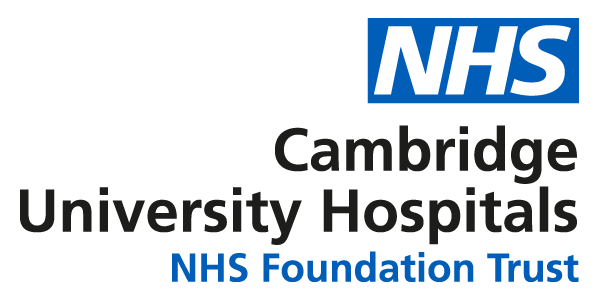We spoke to Erin, a prosthetist / orthotist at CUH, who tells us about her role at our hospital.

The role of a prosthetist is to create and fit prosthetic arms and legs to replace limbs which are missing, and the role of an orthotist is to prescribe and fit orthotic devices such as splints and braces to support body parts and increase function.
Being a prosthetist/orthotist is a dual role but both aspects have the same aim of helping patients to move with more freedom and improve their mobility and function. We use knowledge of biomechanics, anatomy, physiology and material science and combine this with practical hand skills and a desire to help others to improve the lives of our patients with mobility issues.
The day of a prosthetist/orthotist is really varied as we help patients of all ages with a broad range of health conditions and lots of different mobility goals. For example in prosthetics I could be making an arm for a child so that they can ride their bike, or fitting a prosthetic leg to a military veteran, or making a prosthesis for an older patient so that they can do some gardening.
In orthotics I could be creating a device to help a patient with a neuromuscular condition to walk, or fitting footwear and insoles to a diabetic patient to prevent them from needing an amputation.
Each patient is entirely individual and it’s my job to carefully assess each patient and determine what device we can make them so that they can live their life and achieve their goals, whether that’s walking down to the shop or becoming a competitive athlete.
After I have assessed the patient, I will take a mould of their limb or amputated limb and then spend time altering it using plaster or computer aided design in order for the device to be manufactured. I’ll choose the different components of the device, the design and the materials and then once the device has been made, the patient will come back into clinic to be fitted with the device and taught how to use it.
One of the most challenging parts of the role is the big responsibility that comes with it. When a patient doesn’t have a limb or their limb isn’t functioning properly, they may not be able to do the things that they want to do and it’s a big responsibility to create a device that’s going to allow them to live the life they want to live.
That’s why it’s so rewarding when you see a patient being helped by a device that you’ve made them, for example when someone takes their first few steps on a prosthetic leg.
It can become quite emotional because you can see the positive impact that you are making on someone else’s life. One of the best things is when a patient comes to the clinic sitting in a wheelchair and then walks out of the appointment walking on a device you’ve fitted.
To become a prosthetist/orthotist you need to do an accredited degree in prosthetics and orthotics at university. There’s only two universities in the UK that teach this, Strathclyde University and Salford University. At school you’ll need to get qualifications in maths, physics and biology.
One of the best things about my job is getting to know each patient really well and being able to join them on their journey of getting back on their feet.
Making and fitting a device means that I spend a lot of time with my patients getting to know them and their families and their ambitions, which means it’s really nice when they tell you that something you’ve made for them has really helped them and improved their life.
Most people are surprised when I tell them I’m a prosthetist/orthotist because they don’t know that it is a career you can have. My advice is that if you have an interest in physics and biology, enjoy working with your hands, as well as being empathetic and having a real caring desire to help other people, then consider becoming a prosthetist/orthotist.

